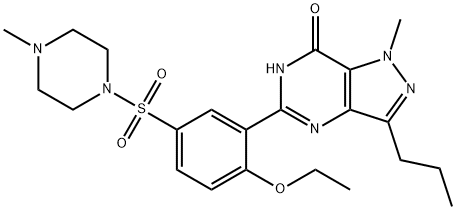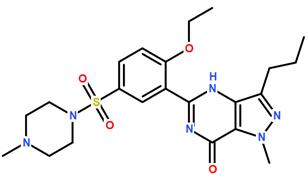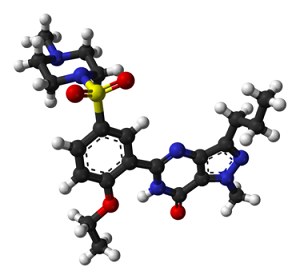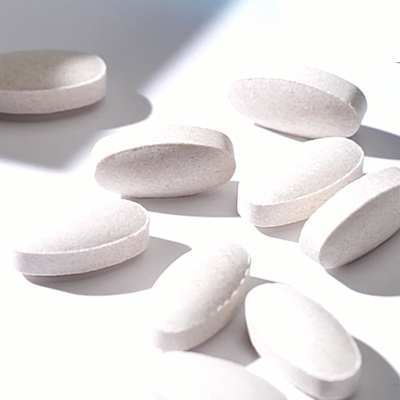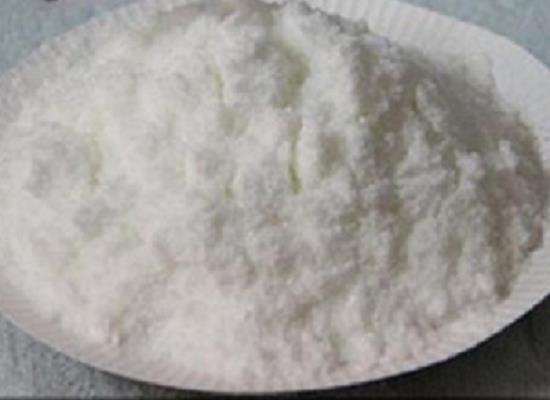Sildenafil: mechanism of action, clinical applications and safety
General Description
Sildenafil, commonly known as Viagra, is a medication used for erectile dysfunction (ED) and pulmonary arterial hypertension (PAH). It works by inhibiting the enzyme PDE5, increasing levels of cGMP, promoting smooth muscle relaxation, and improving blood flow to the penis for erections. In PAH, it dilates pulmonary blood vessels, reducing pressure and improving exercise capacity. Sildenafil has proven safe and effective when used as prescribed, but potential side effects include headaches, flushing, indigestion, and nasal congestion. It may interact with certain medications or medical conditions, so consultation with a healthcare professional is important. Overall, sildenafil is a well-tolerated medication with clinical applications beyond ED.
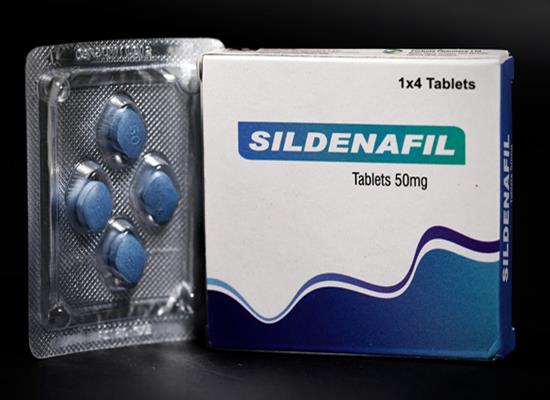
Figure 1. Tablets of sildenafil
Mechanism of action
Sildenafil, commonly known by its trade name Viagra, is a medication primarily used for the treatment of ED in men. It belongs to a class of drugs called phosphodiesterase type 5 (PDE5) inhibitors. The mechanism of action of sildenafil involves its ability to inhibit the enzyme PDE5, which is responsible for breaking down cyclic guanosine monophosphate (cGMP), a chemical messenger involved in smooth muscle relaxation. During sexual stimulation, nitric oxide is released, leading to increased levels of cGMP in the corpus cavernosum of the penis. This causes smooth muscle relaxation, allowing increased blood flow into the penile tissues, resulting in an erection. By inhibiting PDE5, sildenafil enhances the effects of cGMP, promoting sustained vasodilation and improved blood flow to the penis. However, it is important to note that sildenafil alone does not cause an erection; sexual stimulation is still necessary to initiate the release of nitric oxide. Additionally, sildenafil has been found to have some therapeutic applications in the treatment of pulmonary arterial hypertension), a condition characterized by high blood pressure in the arteries of the lungs. In summary, sildenafil works by inhibiting PDE5, increasing cGMP levels, promoting smooth muscle relaxation, and facilitating penile erection. 1
Clinical applications
Sildenafil, marketed as Viagra, is a medication primarily prescribed for ED in men. By inhibiting the enzyme phosphodiesterase type 5 (PDE5), sildenafil enhances the relaxation of smooth muscles and improves blood flow to the penis, enabling and sustaining an erection during sexual stimulation. In addition to its well-known application in ED, sildenafil has gained approval for treating PAH. PAH is a progressive disease characterized by high blood pressure in the arteries of the lungs. Sildenafil acts by dilating the pulmonary blood vessels, reducing pressure, and improving exercise capacity. This treatment eases symptoms such as shortness of breath, enhancing the quality of life for PAH patients. Furthermore, sildenafil has shown promise in managing altitude sickness. At high altitudes, decreased oxygen levels can cause discomfort and potentially life-threatening conditions. Sildenafil aids in countering altitude-related hypoxia by dilating blood vessels throughout the body, augmenting oxygen supply to various tissues and organs. In summary, sildenafil's clinical applications extend beyond ED. It effectively treats pulmonary arterial hypertension and exhibits potential in mitigating altitude sickness by enhancing blood flow and oxygen delivery. 2
Safety
Sildenafil has undergone extensive research and testing to ensure its safety and efficacy. When taken as prescribed and under medical supervision, sildenafil is generally considered safe for most individuals. However, it is crucial to note that like any medication, it carries potential side effects. Common side effects include headaches, flushing, indigestion, and nasal congestion. These side effects are usually mild and temporary. It is important to use sildenafil only after consulting with a healthcare professional, as it may interact with certain medications or medical conditions. Individuals with a history of cardiovascular problems, liver or kidney disease, or those taking nitrates should exercise caution. Serious side effects are rare, but if experienced, immediate medical attention should be sought. These may include sudden vision or hearing loss, chest pain, or an erection lasting longer than four hours. Overall, sildenafil is a widely used and well-tolerated medication when used responsibly and as prescribed. However, it is always advisable to consult a healthcare professional before initiating any medication. 3
Reference
1. Goldstein I, Burnett AL, Rosen RC, Park PW, Stecher VJ. The Serendipitous Story of Sildenafil: An Unexpected Oral Therapy for Erectile Dysfunction. Sex Med Rev. 2019;7(1):115-128.
2. Bhogal S, Khraisha O, Al Madani M, Treece J, Baumrucker SJ, Paul TK. Sildenafil for Pulmonary Arterial Hypertension. Am J Ther. 2019;26(4):e520-e526.
3. Pryor JP. Safety of sildenafil. Curr Opin Urol. 2000;10(6):613-615.
